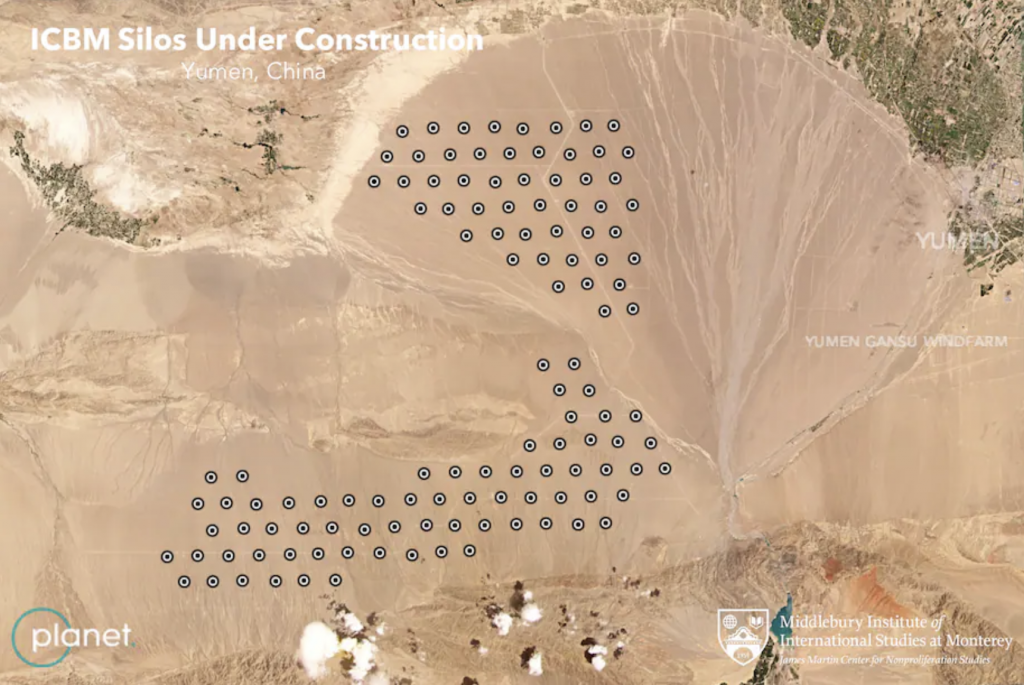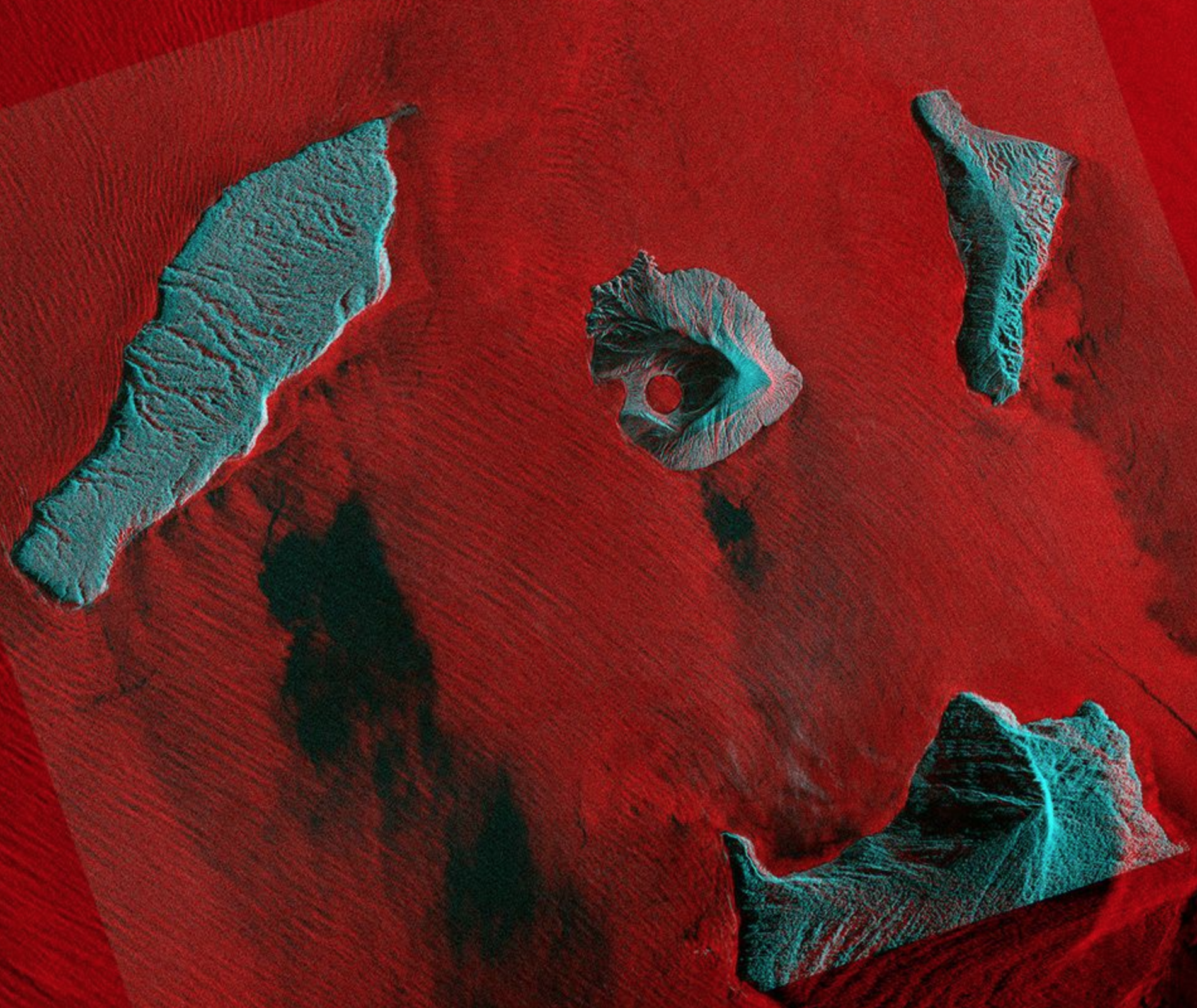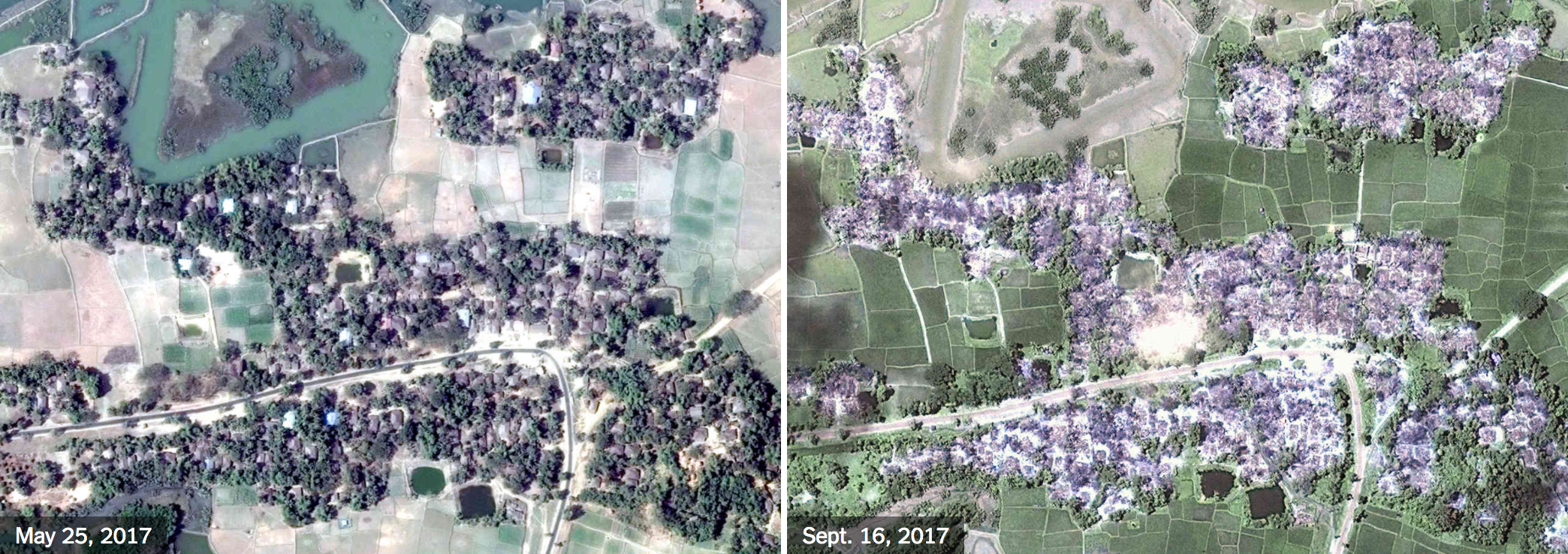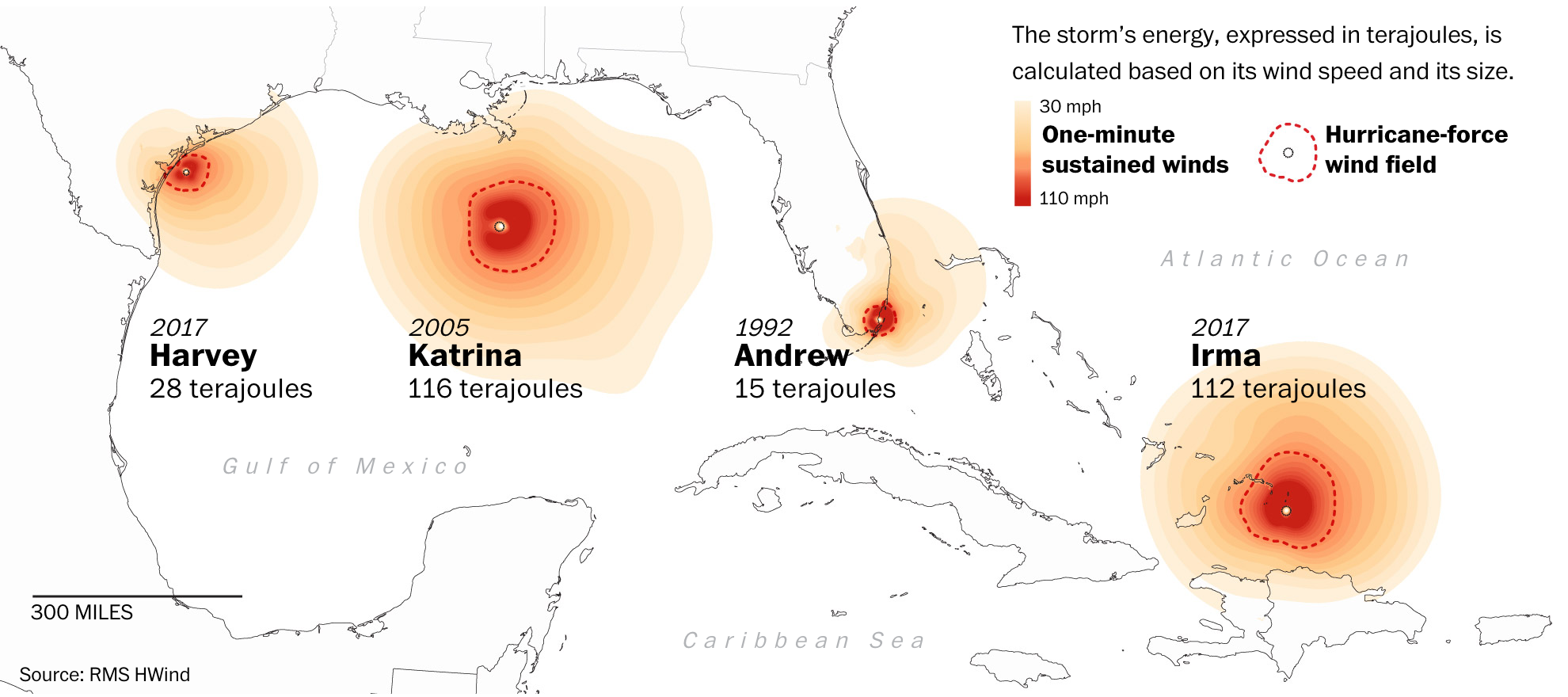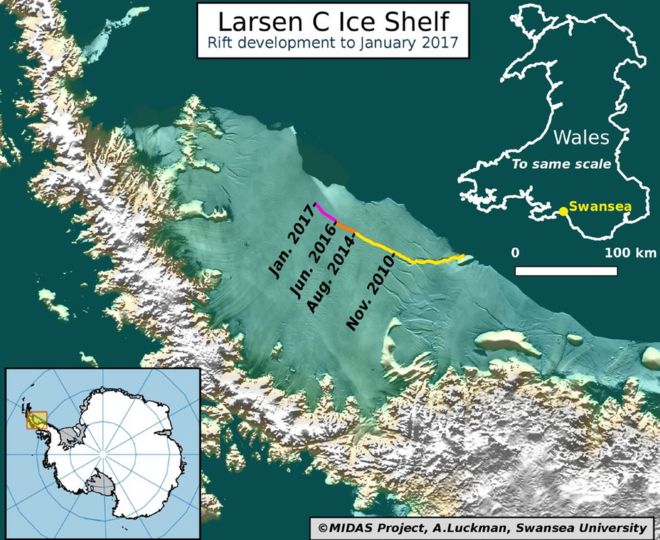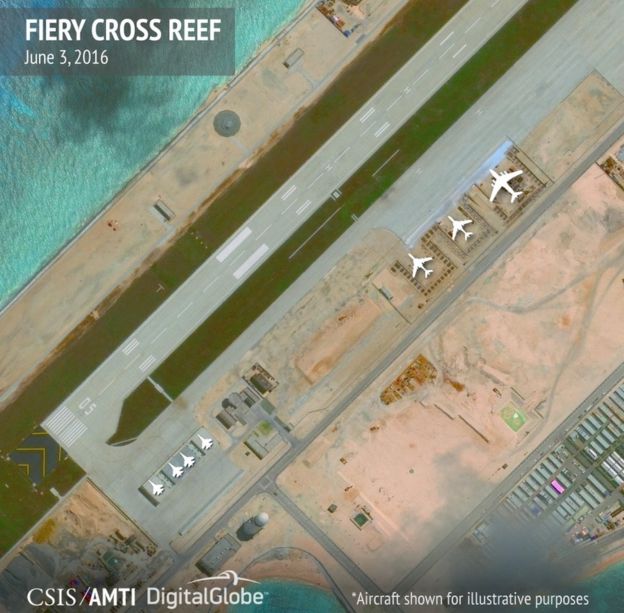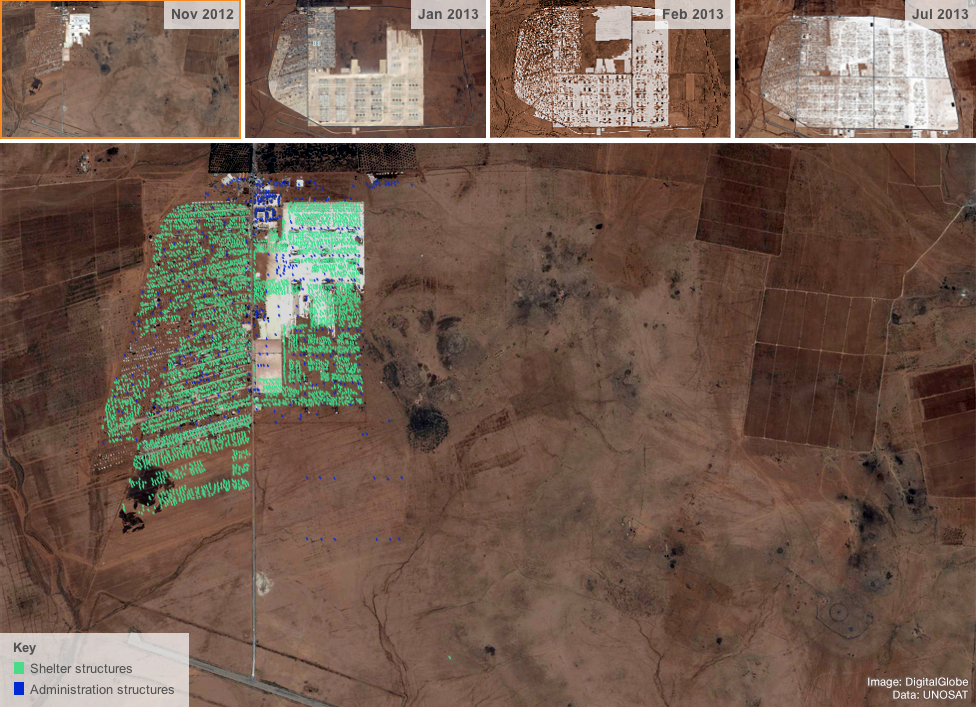I’ve been searching to see if I could find a better motion graphic of this, alas not. I saw a post on Instagram from the Washington Post that featured a timelapse video or graphic of the spread of the Caldor Wildfire. The Caldor Wildfire presently rages southwest of Lake Tahoe and has now forced the evacuation of South Lake Tahoe, a city of more than 20,000 people.
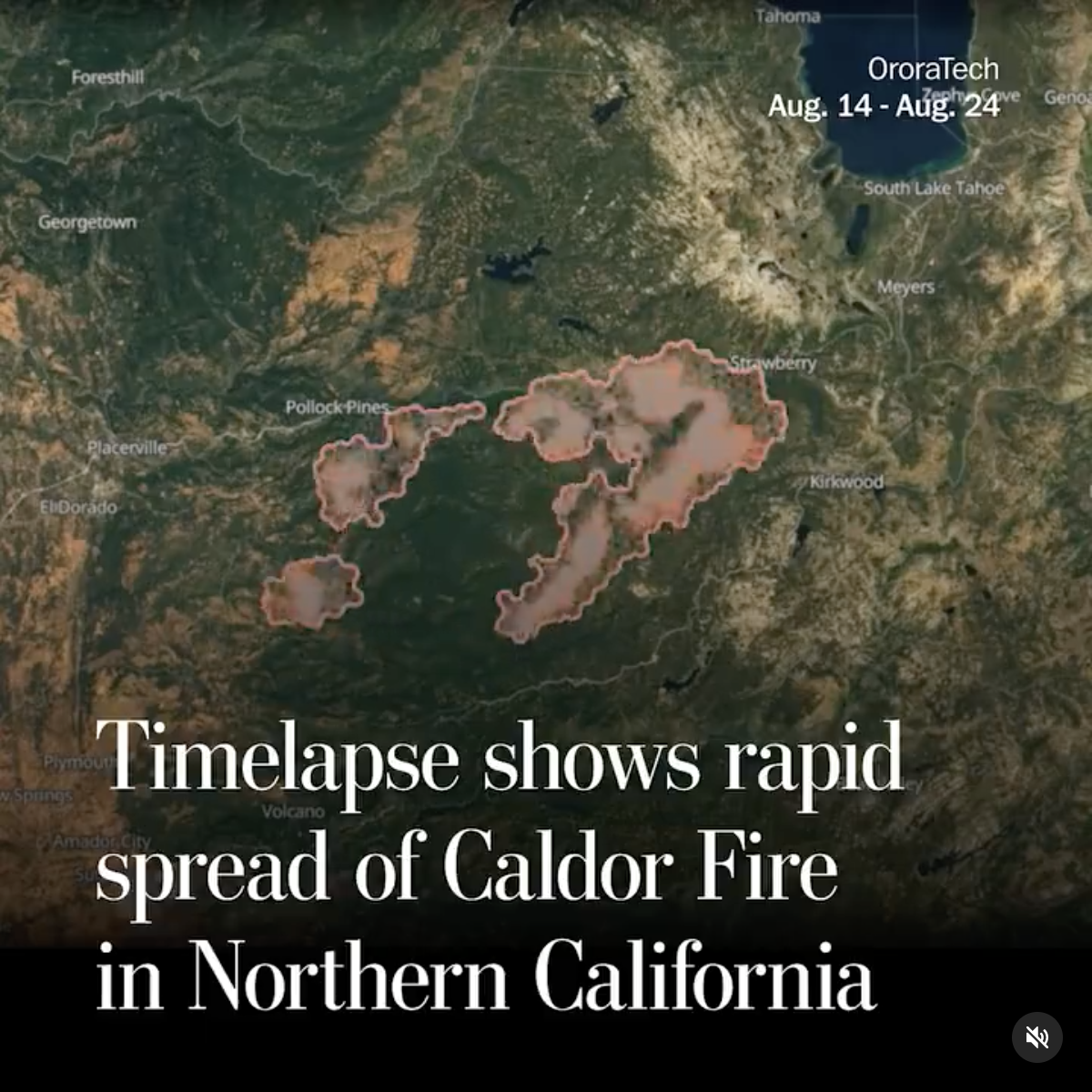
The motion graphic just does a nice job of simply capturing the spread, in both direction and speed, of the wildfire. Obviously, the whole area could use the inches of rain that Hurricane Ida is dumping on the eastern half of the country.
Credit for the piece goes to the Washington Post graphics department.


